Tynemouth Volunteer Life Brigade Through the Ages — Part 1
By Luan Hanratty
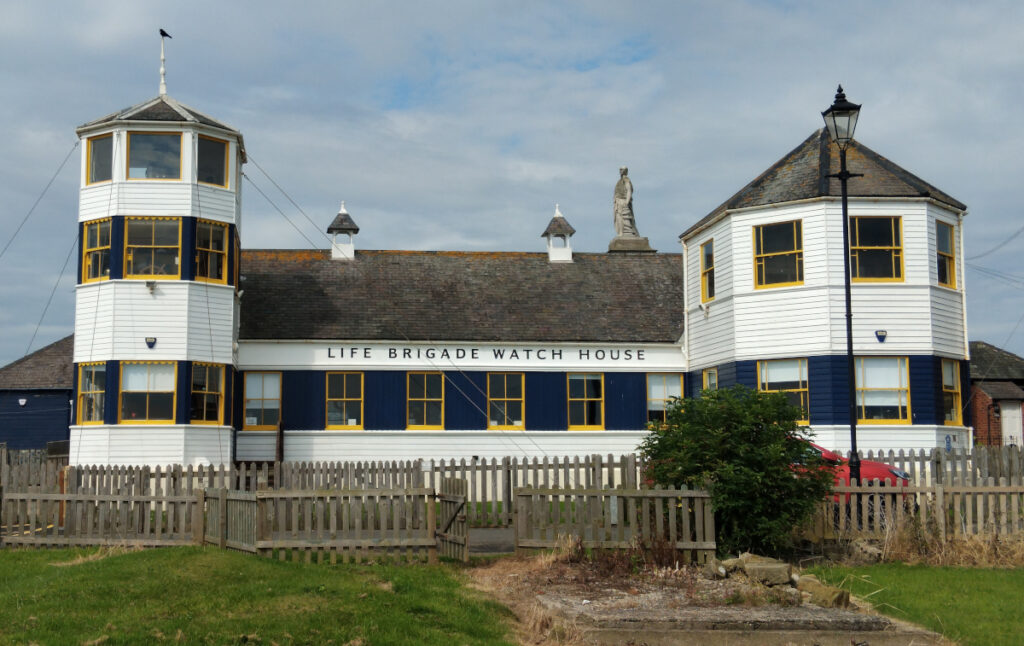
I sat down with Brigade Chairman, John D. Wright, who illuminated the story of this famous institution — the first and one of the few remaining shore rescue brigades in the country.
John is a Tynemouth lad, born in 1948, he joined the Brigade in 1964, the year the TVLB celebrated its centenary, and a time when there were still errant ships washing up on our coastline. Currently he is on the mend after finishing a course of cancer treatment and he was in excellent spirits, speaking avidly on the events that have shaped the TVLB in its 160-year history. As the second oldest member, he is an encyclopedia of knowledge on the Brigade and he lives, breathes and embodies it.
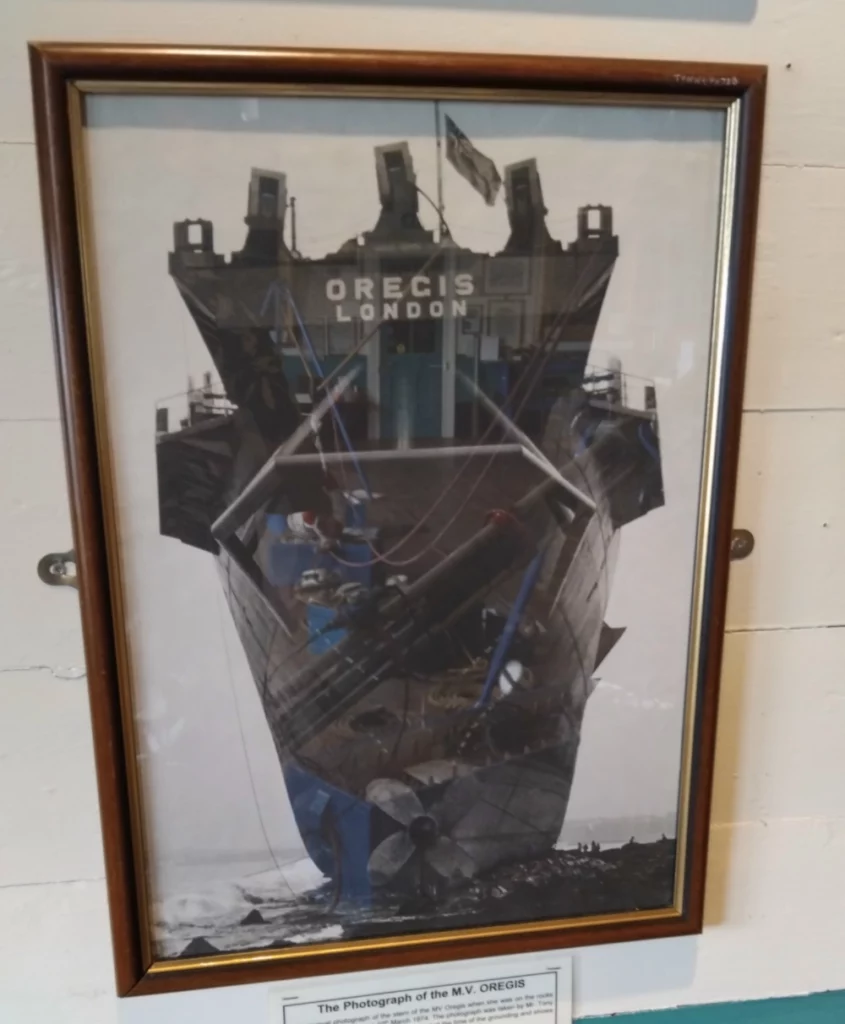
Evolution
One of many things John was keen to show me was the development of the rocket apparatus for the breeches buoy mechanism that sits front and centre in the main hall of the Watch House Museum.
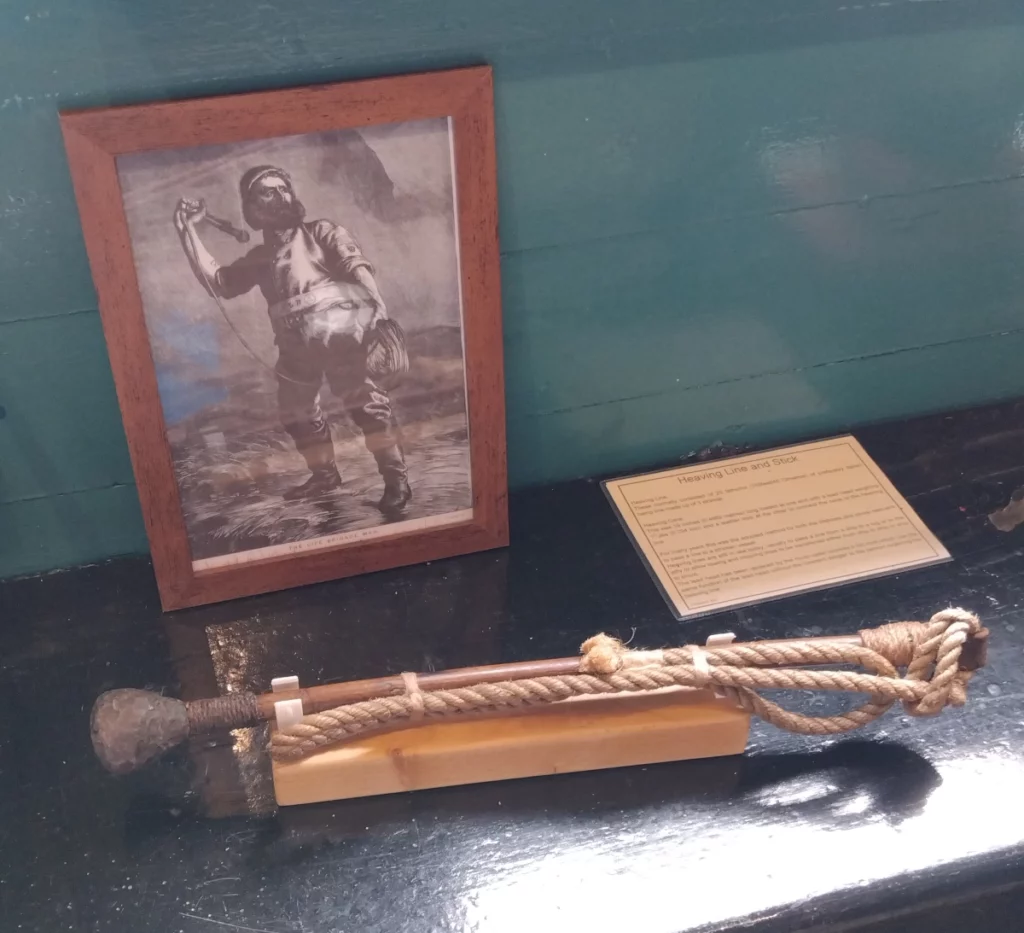
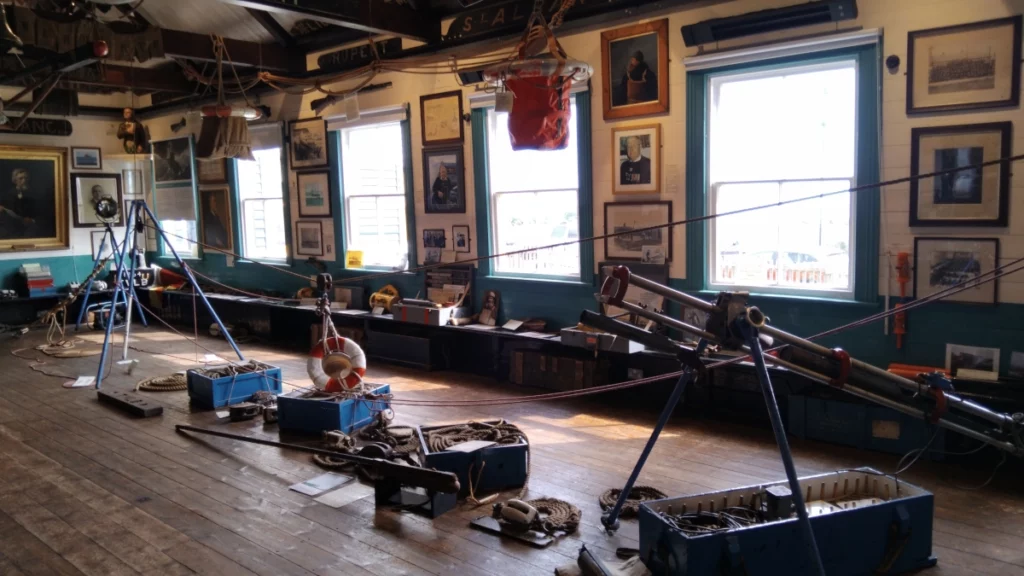
He told me how he had conducted breeches buoy rescues, the last one in the late 80s at the end of the Longsands, and also how he had been hauled from the Pier to the Spanish Battery in the harness. Quite a ride, well above ground and right across the Haven. Imagine what a zip line set up there would be like!
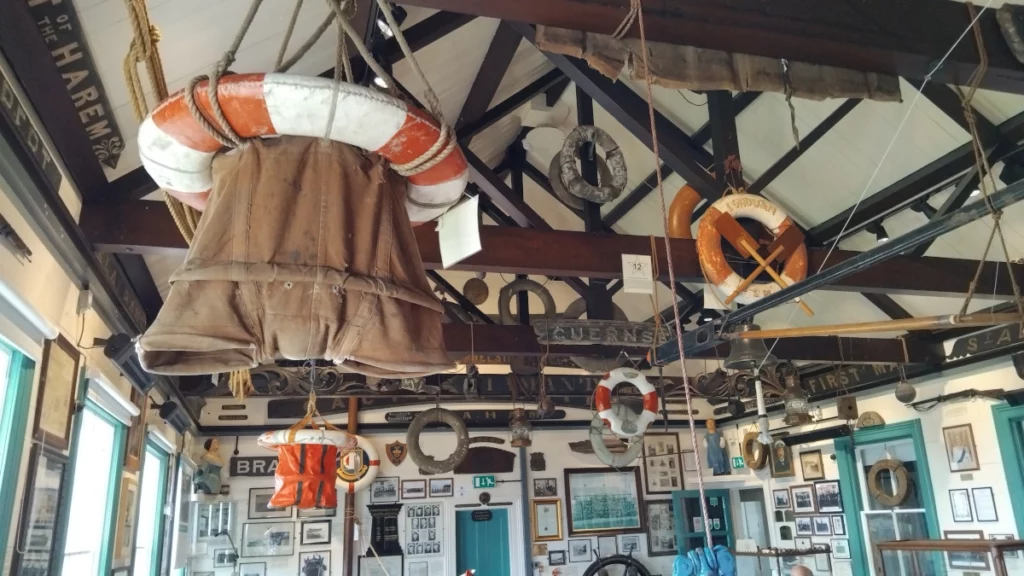
As exciting as it is, the breeches buoy is a method of extracting people from vessels over distances of several hundred yards. This technique has been used since around the time the TVLB were formed and involves firstly, firing a rocket at the stranded ship with a line attached. This line has to be tied, ideally to the mast on the old rigged vessels. Then from the shore, a ring buoy with a pair of canvas leg holes is mounted to the line and sent to the ship, hence the ‘breeches’ element, as the casualty has to put his or her legs through the holes and be hauled ashore. Once landed, the breeches buoy can be returned to the danger area to carry more people off.
It is a simple but safe and effective concept that has stood the test of time. A notable example of this being put into action was during the rescue of the schooner Peggy in 1891, in which the famed Albert Medal and the inaugural Tynemouth Medal were awarded.
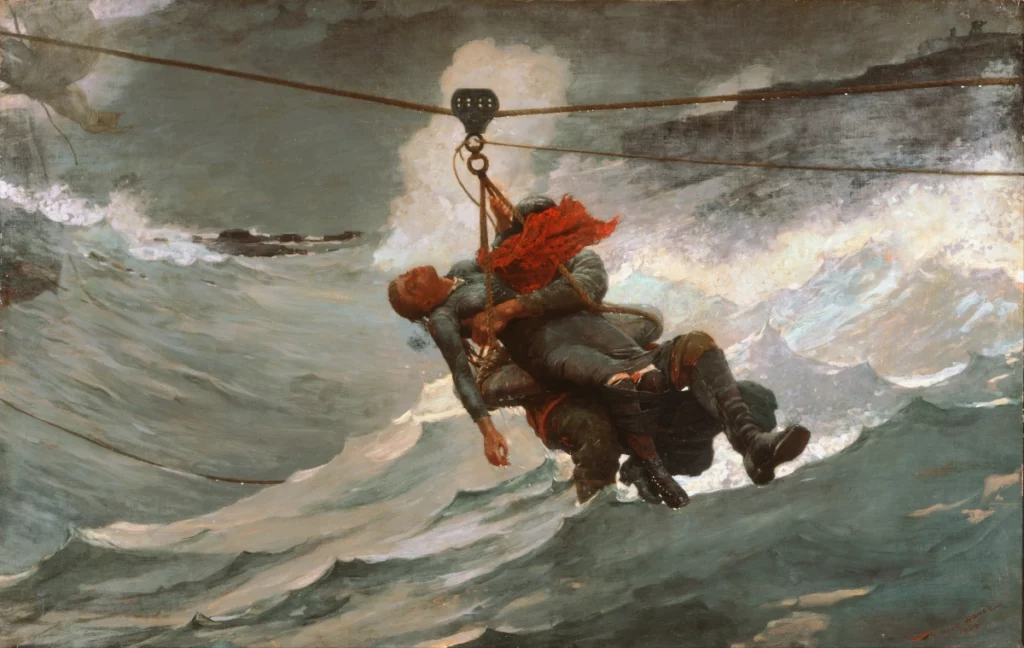
Rocketry
The first technology the Brigade adopted was the Manby Mortar, a tethered shot that was fired aboard ships from a tiny cannon.
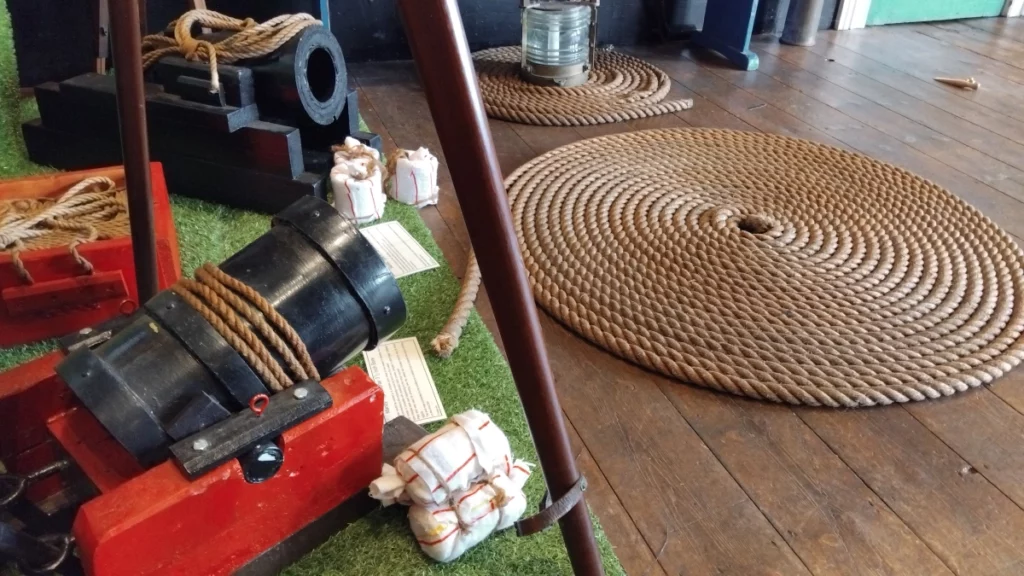
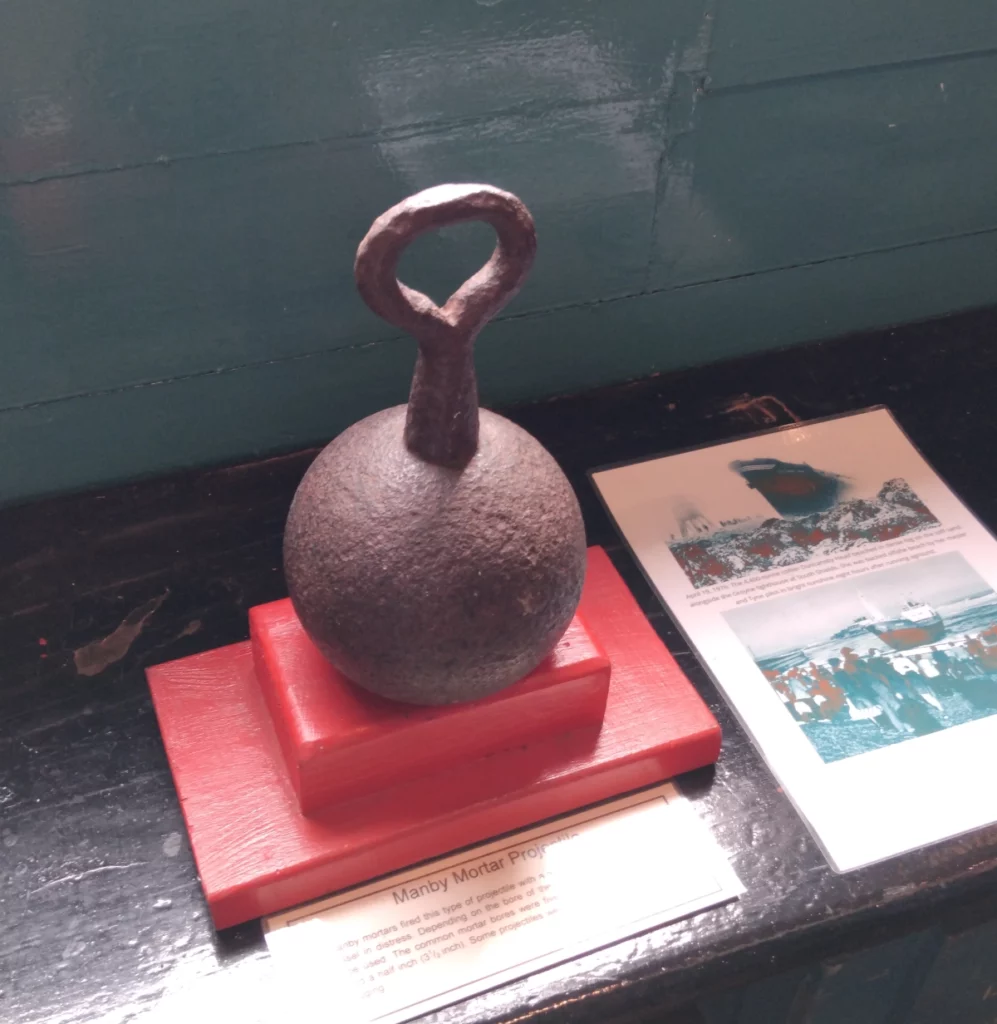
Following this, the two-stage ‘Boxer Rocket’ was used. This had become standard artillery in the British Army and was adapted as a rescue rocket with a rope that unwound without tangling as the payload flew through the air.
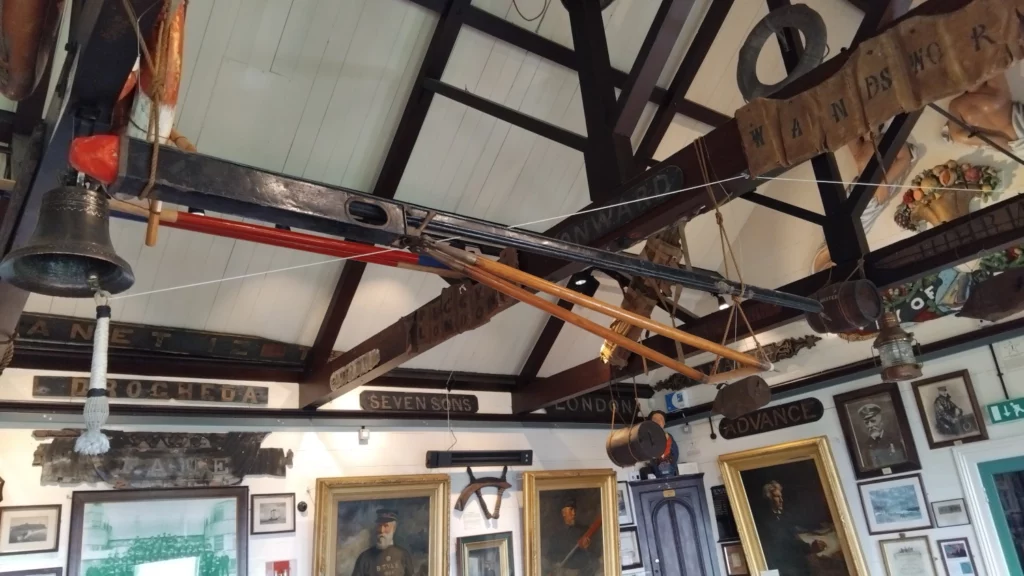
As time and technology progressed, the Brigade started using handheld rockets fired from a tube with a cartridge, often resulting in flash burns for the firer. These pistol rockets were pioneered by Lance Corporal William Schermuly and his innovations culminated in the ‘rocket in a box’ Speedline which is still used today and can easily be carried aboard any vessel.
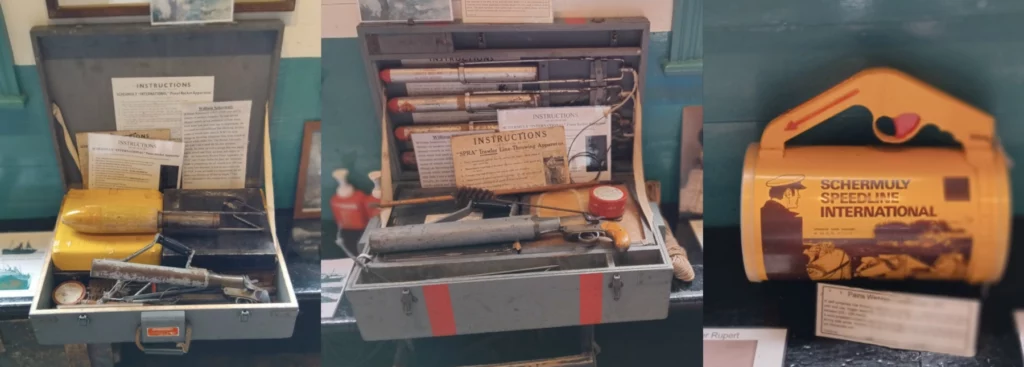
From the late 1960s the TVLB drew on a plentiful supply of hefty World War 2 anti-aircraft rockets fired from a large metal stand. These were certainly the most powerful ordnance the Brigade have used and although effective, proved rather unwieldy.
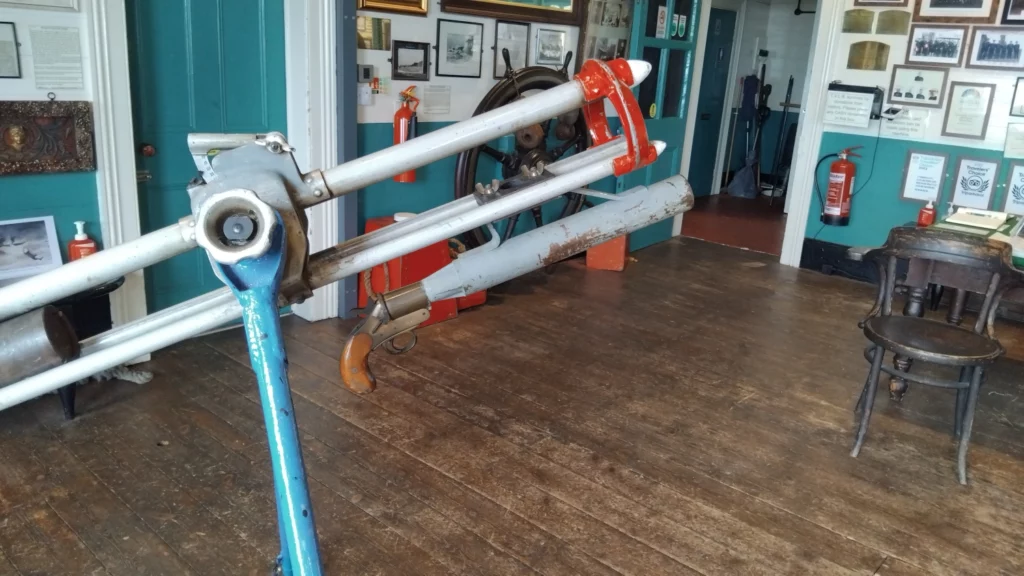
Then in the late 1990s, Dave Bell, TVLB Watch House Director, while working offshore discovered a far more lightweight and simple mechanism in the pneumatic rockets that the Brigade have settled on today. These don’t require any explosive charge and are far cheaper to use than military rockets.
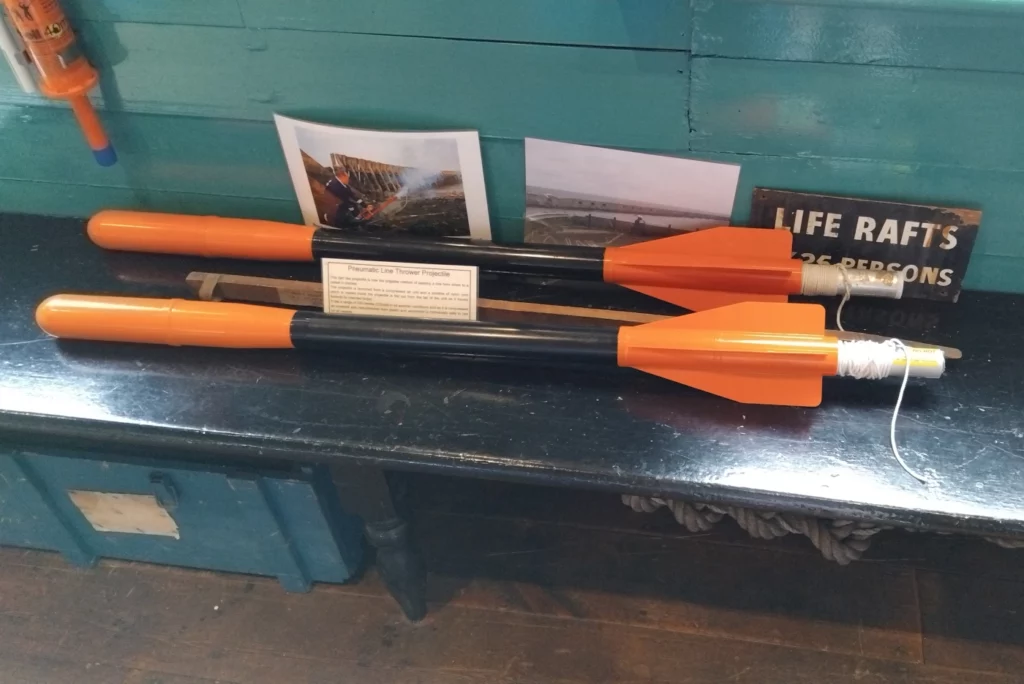
For all of these developments, the Brigade have always required every member to be trained in their deployment and to be able to handle such complex equipment under pressure in situations where lots can go wrong and where any number of parts in the chain can fail.
Uniforms
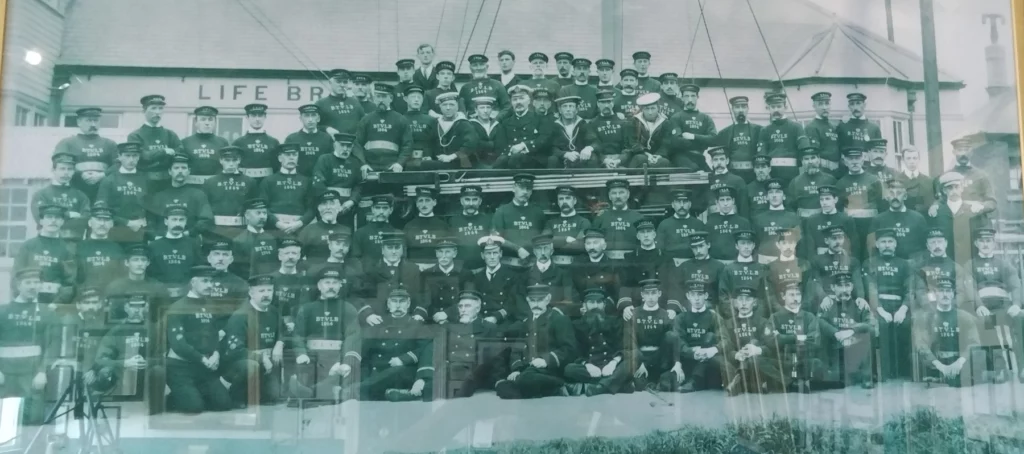
The Brigade’s rescue gear has evolved with the times. The first members, numbering dozens of men, were issued with a woolen gansey (which you can buy here in the standard Cullercoats pattern) as well as with a white rescue belt.
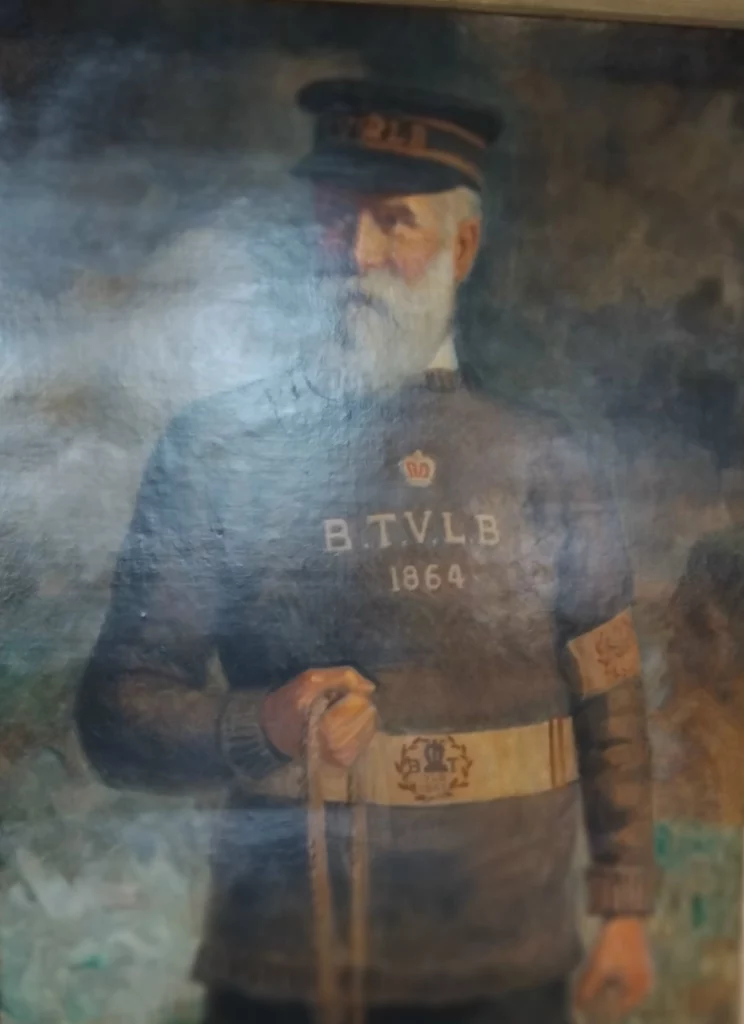
By the late 1920s the brigademen were conducting rescues in smart black oilskins designed by the Barbour outfitters, who soon grew into the royal-warranted South Shields clothing empire.
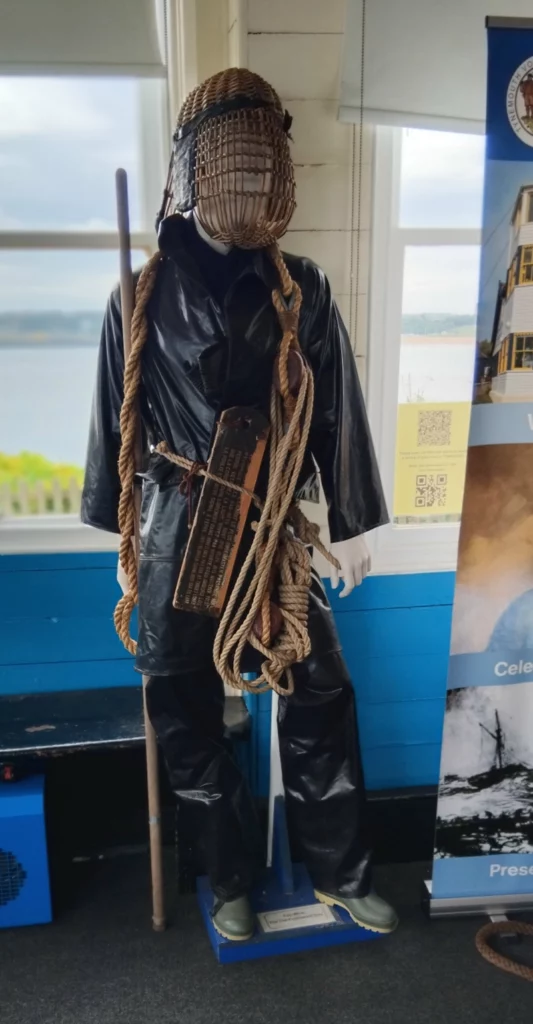
The headgear worn at this time is a replication of the Japanese kendo rattan faceguard and this provided solid protection during precarious rescues on slippery and often lethal rocks. This waterproof gear was of such good quality that it was still being used in the 1970s.
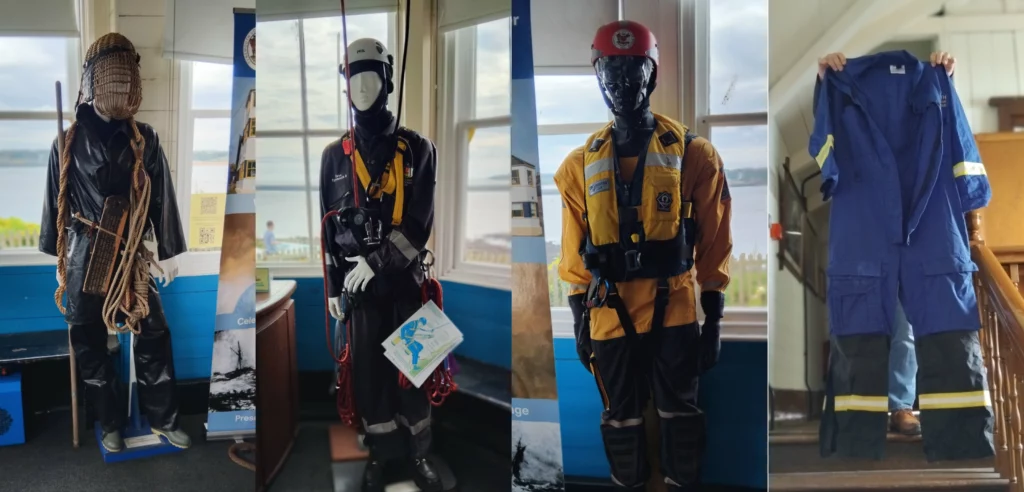
There are no shortcuts when it comes to rescue gear. The highest quality materials and design need to be used and this has remained true from the tightly-knitted ganseys and quality oilskins, to the synthetic coveralls of the 90s and the drysuits of today. They must not only look good, but also serve their purpose under the stress of a rescue.
Embracing Change
The third thing that has fundamentally changed about the TVLB’s work is the technology employed for callouts. At first, cannons were fired on the Battery to summon every able-bodied man in the village, which also had the effect of drawing crowds to the drama unfolding. As Harry Houdini once claimed, if you want to gather a crowd to an event, just say that, “someone might die…!” That will always guarantee you a macabre mass of people in attendance.
As the years rolled on, it was evident that various forms of equipment could better the speed and efficiency of the Brigade’s work. As a consequence, a key reason the TVLB is one of the few remaining shore rescue institutions is that they have always understood the importance of embracing new technology to support operations, despite the costs this incurred. This has included investing in cliff gear and upgrading transport to modern vehicles when possible. In communications, when VHF radios were needed, they were bought. They were quick to adopt pagers in the 90s and these days a special app is used to alert crewmembers to rescues. As well as this, they have strived to stay updated and sharp by continually committing to first aid courses and to meeting the Coastguard’s latest training standards.
Struggle to Survive
John also told me how the TVLB had challenges with the Tyne & Wear Authority after they were formed in 1974 and how the Brigade eventually developed a friendly and fruitful partnership with the local government.
The land where the Watch House stands was the site of an Elizabethan fort that guarded the harbour entrance. No trace of that exists, but up until the end of the Second World War this headland had always been militarised and bristling with guns.
In the 19th century, the 7th Duke of Northumberland had, in a handshake agreement, granted the Brigade the land on the Spanish Battery in perpetuity. The Duke implicitly understood the necessity of the institution and its inalienable rights, as the formation of the Brigade was such an improvement in the saving of lives at sea, preventing the tragic death of so many mariners. The TVLB, founded chiefly by alderman John Spence, were hailed as saviours, not just locally but nationally, and their vital role was established from the start.
However, a long time later a misunderstanding of the importance of the institution arose that was somewhat removed from the situation. In 1949, when the Tynemouth County Borough Council took control of all the Crown Estate’s surrounding land and the Spanish Battery defences were decommissioned, the Council were mistakenly given the Brigade’s land as well. There was no change to the status quo, though, and the Brigade continued to operate unhindered. But when the metropolitan borough of Tyne & Wear was formed, the TVLB were suddenly presented with a lease. The subsequent and much drawn-out negotiations were marked by the Authority’s intransigence towards an emergency service with over a hundred years of history. Eventually a deal was reached to keep them on the headland free of charge, yet later this was withdrawn as purse strings tightened in the 1990s.
Eventually after further negotiations, North Tyneside Council gave the Brigade a 35-year peppercorn lease. As a wry response, the entire Brigade with the press in tow, took the opportunity to deliver an actual peppercorn to the Council offices to pay their rent for the first year.
Since those anxious times, the Council and the Mayor have been very generous and helpful towards the Brigade, providing grants for the renovation of the Watch House, and the Brigade is certainly accorded the recognition and prestige it deserves locally. An example of this is the fact that they were thoroughly consulted on the new Sunrise Cycle Lane along the seafront so that vehicle entry points could be created at each of the bays for ease of access. A new garage is also being built next to Beaconsfield to make getting to rescues easier for crew members.
John showed me the two shiny trucks that belong to the Brigade equipped with winches, blue lights and TVLB livery. He also explained and how none of their work would be possible without donations. It is their absolute lifeblood — critically, now that they are busier than they have ever been rescuing people from our shorelines.
Although the number of shipwrecks is hugely reduced from the old days, and even from the 1970s, the number of people who get in trouble has risen sharply in recent times particularly with the advent of the mobile phone. The Brigade crew therefore have to be fit…
In Part 2 of this feature I will join the Brigade on one of their weekly training sessions!
Thanks goes to Dave Bell and Dave Graham for illustrating a number of facts about the Brigade’s history.


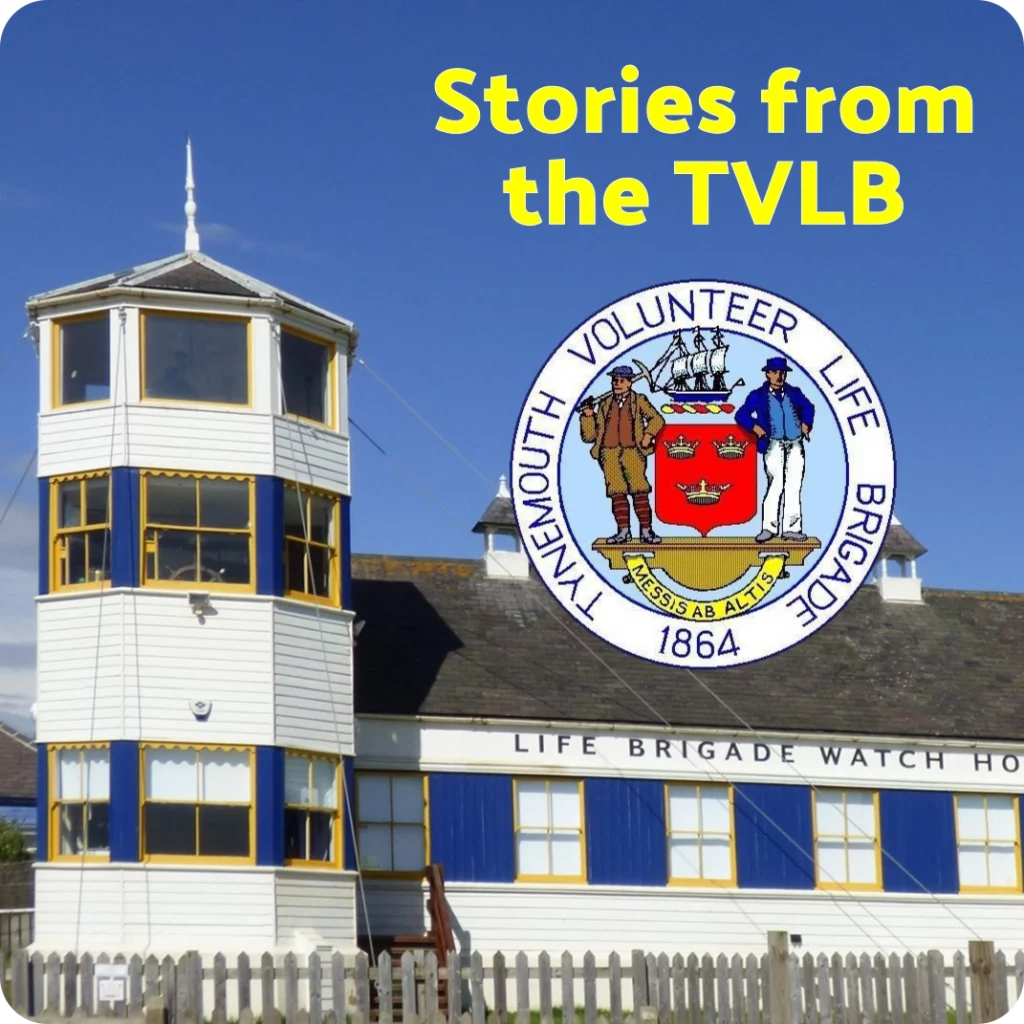



this service is so necessary. a very interesting article on the history
r